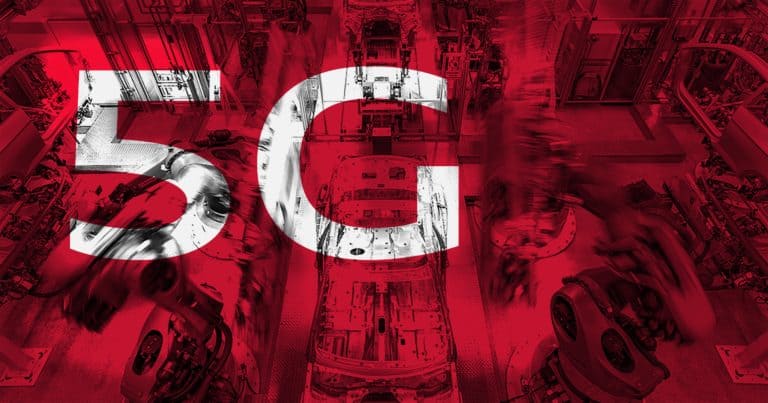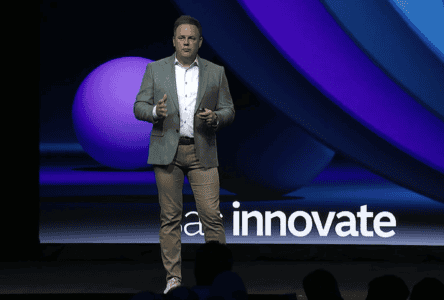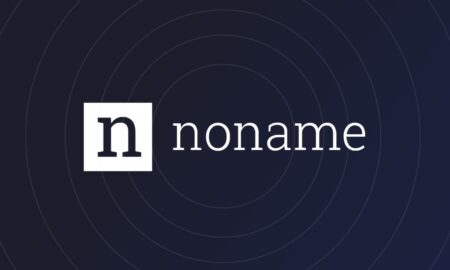Ericsson is evolving its 5G platform with portfolio extensions in the areas of core, radio access and transportation, as well as service orchestration. The add-ons make the platform more dynamic and flexible, allowing service providers to further develop and expand their networks and implement 5G on a large scale.
Ericsson’s extensive 5G Platform portfolio is now complemented by a wide range of product launches. This contributes to earlier introductions, such as the Ericsson Spectrum Sharing, to enable an efficient, flexible and smooth evolution towards 5G networks. Building on an early focus on IoT, Ericsson’s 5G Platform now also serves as the most complete platform for enhanced mobile broadband and fixed-wireless access capabilities.
Broad 5G portfolio
According to Fredrik Jejdling, Executive Vice President and Head of Business Area Networks at the company, Ericsson now has a portfolio available for service providers who want to switch to 5G today. The company also works actively with providers around the world to roll out 5G networks. We are constantly developing our portfolio to make our customers’ lives easier, says Jejdling.
To ensure a smooth evolution towards 5G, Ericsson is expanding its Cloud Core portfolio with seven new products that support 5G both standalone and non-standalone. The new products also support old technology so that the continuity of the user services is guaranteed.
Improve and build up
Currently, early 5G implementations have started in densely populated urban areas, and now Ericsson’s next step is to improve 4G performance and build 5G coverage outside the cities. This requires a combination of transport solutions based on cable and microwave. Ericsson therefore increases the capacity of its microwave portfolio and adds a new MINI-LINK 6200 family of 5G-ready Long Haul solutions that support up to 10Gbps capacities.
The company is also expanding its router and fronthaul portfolios to provide service providers with flexible and modular solutions suited to their deployment needs. The arrival of 5G not only highlights the need for new frequency bands, but also for an optimized site construction and a greater ability to add radio capacity to service providers with precision. Ericsson addresses this by launching nine new dual-band, triple-band and powerful Massive MIMO radios.
Automated Service Orchestration
Increasing network complexity requires service providers to simplify network management. The evolution of Ericsson Dynamic Orchestration solution introduces automation of network slicing, including the creation, testing and deployment of network slices for rapid introduction of 5G services.
The solution also implements AI-powered closed-loop automation for hybrid networks (including physical, virtual and container-based network functions) in a multi-vendor environment to identify the impact on services and adapt the network in real time to provide the best user experience.
This news article was automatically translated from Dutch to give Techzine.eu a head start. All news articles after September 1, 2019 are written in native English and NOT translated. All our background stories are written in native English as well. For more information read our launch article.


















